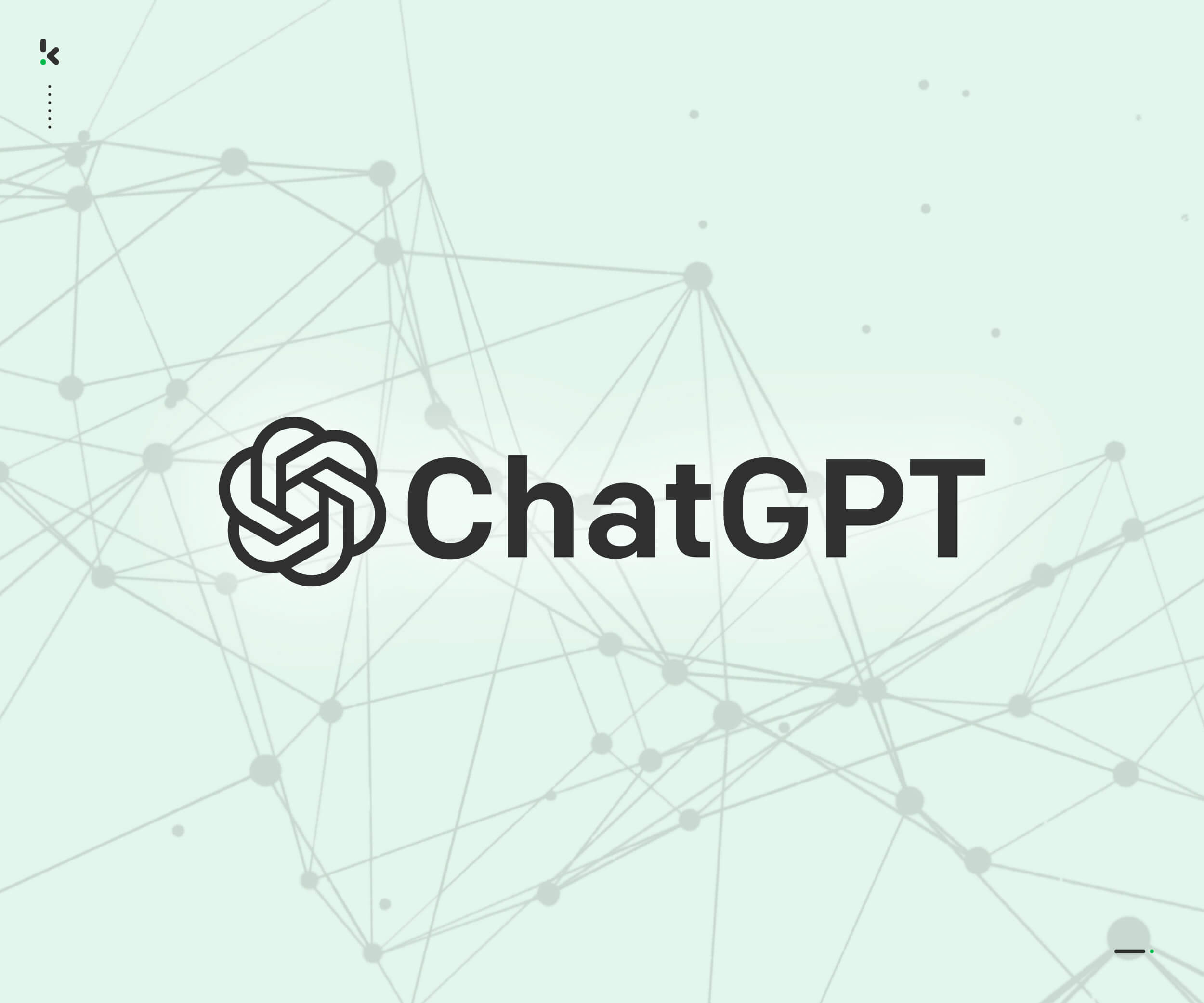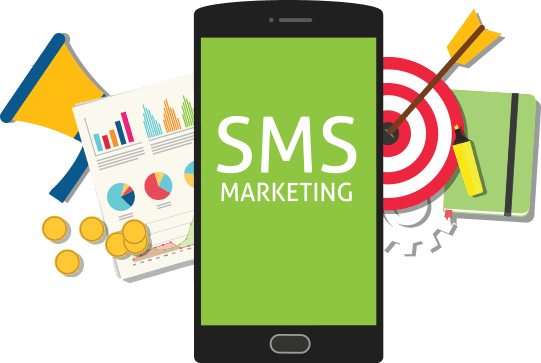2023 has easily become the year of AI. From fake music from your favourite artists to deepfake videos and images, AI it is on the tip of everyone’s tongue and more accessible than ever. One AI tool that became a huge hit this year is ChatGPT, a natural language processing tool driven by AI technology.
However, how does ChatGPT work, and what exactly is it good for?
HOW DOES CHATGPT WORK?
If you ask ChatGPT ‘how does ChatGPT work?’, you will get a lengthy and technical answer with key points such as ‘Beam Search’ and ‘Parameter Tuning.’ The layman-friendly answer is that ChatGPT takes information from online sources to generate what it thinks is a correct answer.
When being developed, ChatGPT used a method known as unsupervised learning that involved it being given access to different websites and forums to read and learn from. ChatGPT does not have access to live information other than what you tell it – at the moment, it only has knowledge up to 2022.
IS CHATGPT GOOD FOR CONTENT WRITING?
Though ChatGPT has a wealth of knowledge that can generate content almost immediately, it has not yet reached the stage where it can write better than a human. What do we mean by ‘better’? Here are a few examples of where ChatGPT’s creative writing skills fall short:
TONE OF VOICE
When writing a blog, a news article, an email or even a website page, a human content writer would use a certain tone of voice that reflects their own perspective or the brand’s they are writing for. Although you can ask ChatGPT to tweak its tone of voice, e.g., by telling it to write ‘ friendlier’ content, it is still obvious that a human did not write it – you’ll tend to see an abundance of common phrases, a certain stiffness, and no localisation for the market you’re writing for. This creates a lack of trust in the content which is crucial to connect with your customers.
CREATIVITY
ChatGPT uses content that has already been created as the basis for all its tasks. It is not capable of creating truly unique ideas, only reflecting the information in its databases and the information you give it. Unlike a human, it cannot reflect on its own life experiences and needs in order to understand what would be the most important points for your customer.
PLAGIARISM
ChatGPT uses existing content to generate its answers. There is a strong chance that content generated by ChatGPT could be considered plagiarised by Google and other sources.
Academic institutions are already scrambling to run writing assignments through AI checkers to weed out papers that have made too much use of ChatGPT. Google also values original and useful content, and penalises websites that have ‘duplicate content’ by ranking them lower in the search results.
SPELLING AND GRAMMAR
ChatGPT automatically uses American English as its response to generate content. You can request it to change its response to UK English, but this is imperfect: it tends to leave a few behind, i.e., Optimisation V Optimization. Other grammar issues and localisms are very commonplace.
ACCURACY
ChatGPT is an AI that can only use the information it has been given. It cannot take from completely up to date online sources like Google or search engines at this time. For example, if I give a prompt like ‘tell me what Sprint Digital Agency has done in 2023’, it cannot answer as its learning models only go through 2022. It can also provide incorrect information. Lawyers have already had to pay thousands of dollars in fines for relying on ChatGPT to do their legal research for them, only to discover that the AI has made up past cases and precedents out of thin air!
WHAT CAN I USE CHATGPT FOR?
If ChatGPT has so many problems, what is it good for, from a content writer’s perspective? It’s not all bad – here are a few ways it can lend you a hand with monotonous or technical tasks:
BRAINSTORMING
ChatGPT will always answer your question. If you ask it to generate ideas for a new ‘Friends’ episode or create a list of names for a new special offer, it will give you a list. You can even be specific and ask for a list of 20 or as many as you like. This is a great way of helping you when you are struggling to move forward with a project.
BLOG TOPIC GENERATION
Blogs are an excellent tool for your website, but what should you talk about? Asking ChatGPT to generate a list of blog topics based on a certain topic can help spark ideas. If the topics are not suited to what you want, you can be more specific and ask it to include or exclude certain topics.
ChatGPT is not the tool to actually write a blog, but it can be very useful to help you structure the blog before you start writing. For example, after you have chosen your blog topic, you can ask the platform to create a layout for what the article might contain. ChatGPT will give you a list of headings and key points for the blog to follow. This is excellent for when you are in a writer’s slump, although you should always make your own tweaks to improve.
TECHNICAL AND MATHEMATICAL TASKS
As you would assume from an artificial intelligence, its strengths lay in technical and coding communication. ChatGPT can be used to check code for programming, solve math problems, run other calculations, and help with Excel formulas.
SIMPLIFYING
Though ChatGPT can give you full technical answers, it can also simplify an explanation to help you understand or provide a simple definition for others.
Though ChatGPT is an excellent resource and free (for now) , it does not have the skill to create easy to read, human-friendly content. If you are struggling with your content writing or anything digital marketing related, we are always happy to have a quick call and see how we at Sprint Digital can help.
Author Bio: Katie McGarr is one of the resident writers for SPRINT DIGITAL Agency Dublin, a firm offering an extensive range of digital marketing and website services to businesses across UK, Ireland, and Continental Europe. She enjoys sharing her insights about blogging, web design, SEO, and other forms of digital marketing.




